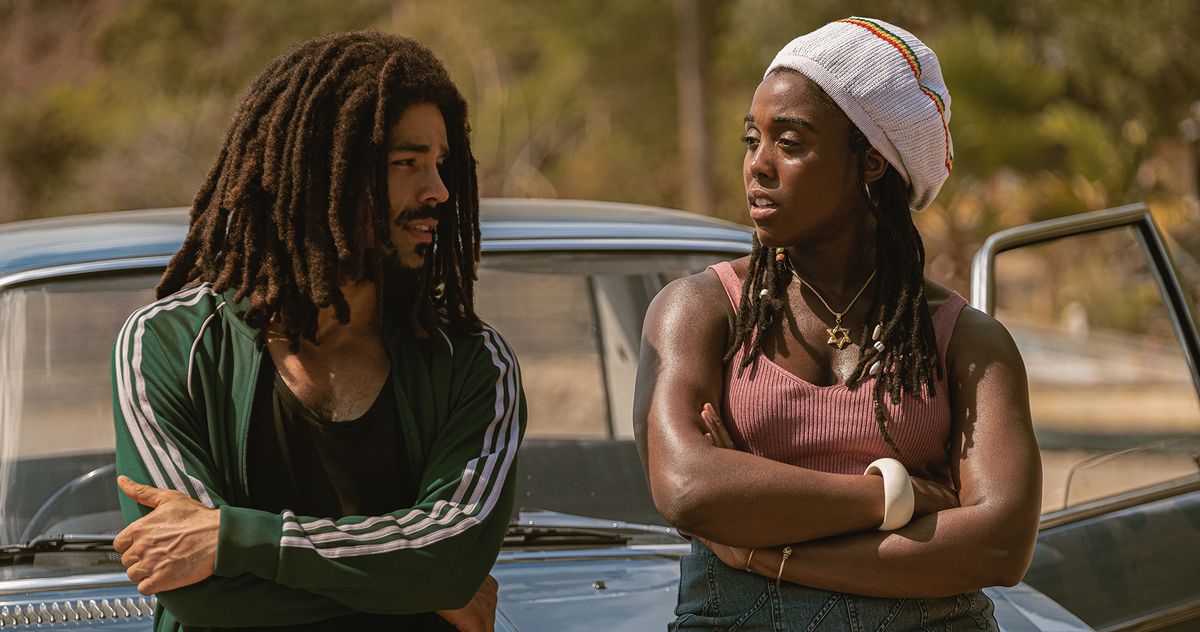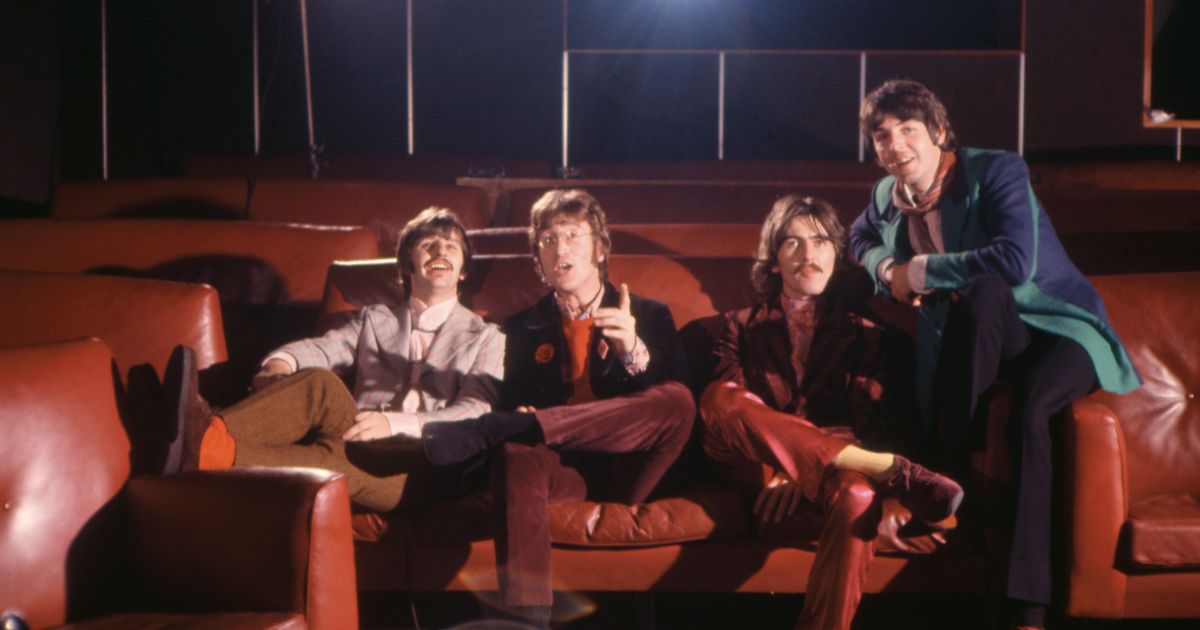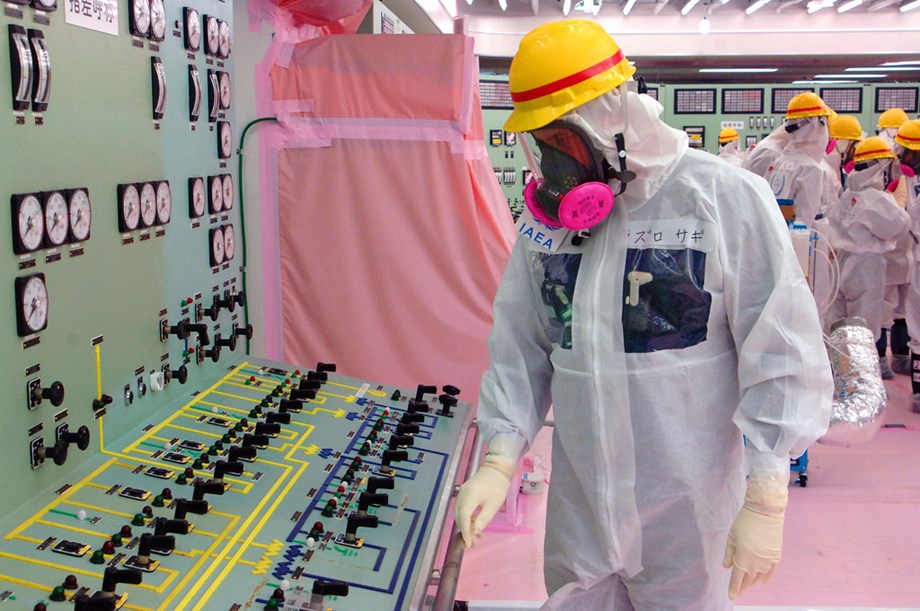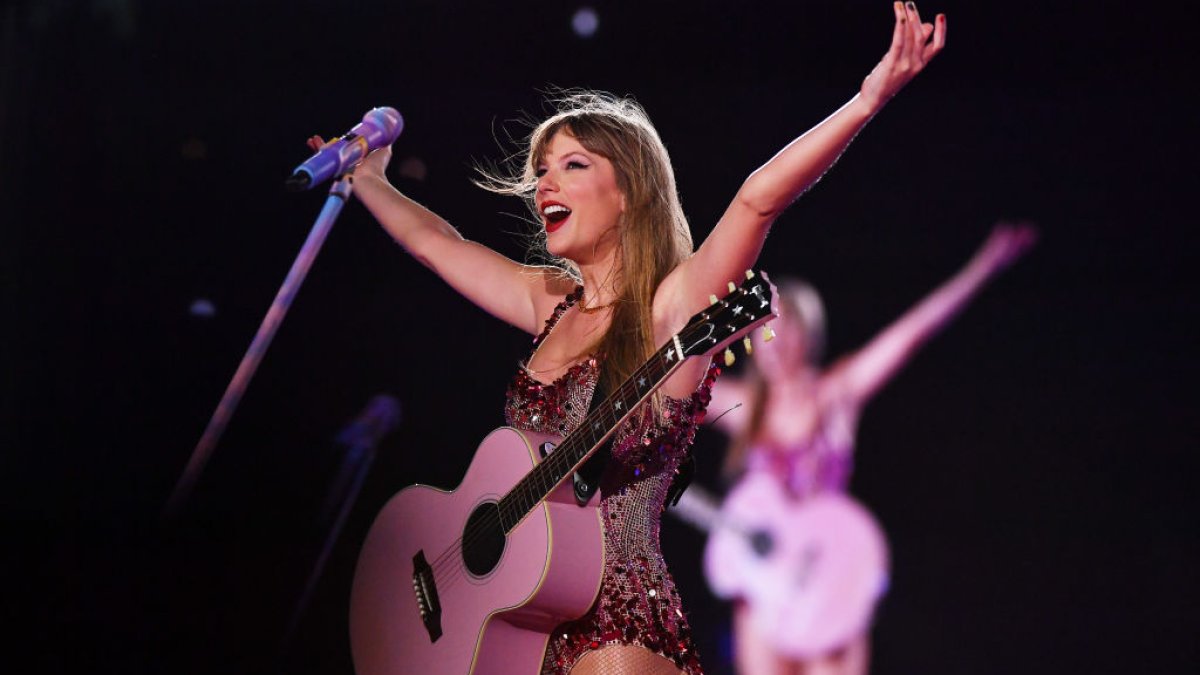
Love, Death & Robots Season 3: Every Episode Ranked From Worst To Best
Warning: this article contains spoilers for Love, Death & Robots season 3.
Love, Death & Robots season 3 serves up an eclectic array of short stories, from warrior rats to a bite-sized zombie apocalypse, but which episode is the best? The bizarre animated anthology comes from the minds of Deadpool‘s Tim Miller and Fight Club‘s David Fincher and has picked up several Emmy Awards over the course of its three-season run. Most of those awards are for its animation, which varies in every episode, with some leaning into anime influences, whereas others take more realistic or CGI orientated approaches.
With each episode being helmed by a different director, every installment is unique and touches upon at least one of the core themes of the show – love, death, or robots. While these themes were stuck to in Love, Death & Robots season 2, it was also criticized for its minimization of the adult content that made season 1 so cutting-edge. The adherence to more PG-13 content meant that the ethos of the show, creating animation for adults, was somewhat forgotten. After that backlash, season 3 includes an abundance of blood, gore, and adult themes to compensate.
Each episode of season 3 tackles elements from either sci-fi or fantasy genres, and each has a unique art style. With such variation, it’s inevitable that some episodes will shine more than others, however Love, Death & Robots season 3 is an excellent addition to the series, and highlights the talent of a wide range of creatives. Here’s every episode of Love, Death & Robots season 3 ranked from worst to best.
Kill Team Kill

This episode in Love, Death & Robots season 3 really goes all-out with the death and the robots. A group of US Special Forces encounters a CIA killing machine that’s gone rogue, in a gory episode that really leans upon its clichés and 80s action movie influences. While the episode doesn’t convey any serious message, it embraces its obscenity and extremity. The jokes may not land for all audiences but “Kill Team Kill” is good fun and the action lends itself to the impressive 2D art style.
Three Robots: Exit Strategies

Love, Death & Robots season 3 episode 1 brings back the robots K-VRC, XBOT 4000, and 11-45-G from seasons 1-2. This time the robots traverse the last holdouts of humanity in a post-apocalyptic world, specifically an oil rig that was a base for millionaires, and a field for spaceships where humanity’s most elite tried to escape to Mars. The opposing characters of the three robots shine through their back and forth criticism of humans, and the critique of modern-day society’s greed is poignant in this day and age if a little heavy-handed.
Night of the Mini Dead

Somehow Love, Death & Robots made a zombie apocalypse charming. Comedic spins of the zombie genre have been done before in efforts, such as Shaun of the Dead and Zombieland, and “Night of the Mini Dead” has its share of crudeness as it culminates on a fart joke. However, the short is rendered in an animation style that replicates 8-bit retro video games, and it runs with this approach as it plays out like an accelerated arcade game. While “Night of the Mini Dead” is entertaining and doesn’t outstay its welcome, it does not tell an emotive story or touch upon any profound themes like other entries in Love, Death & Robots season 3.
Mason’s Rats

Another one for gore and horror fanatics, “Mason’s Rats” works as an allegory for war and the necessity for mutual resolution from both sides of a conflict. Craig Ferguson (How To Train Your Dragon) lends his voice to the Scottish farmer Mason, who purchases a terrifying rat-killing machine for the measly price of $3.99. A blood-soaked onslaught ensues between the weapon-wielding rats and the machine but the episode manages to find levity through humor. The ending is quickly resolved and moralistic, but it portrays the message of “Mason’s Rats” efficiently.
The Very Pulse of the Machine

“The Very Pulse of the Machine” is a divisive episode among audiences as it can appear slow and opaque in comparison to some of Love, Death & Robots more explosive episodes. It follows a space explorer, Martha Kivelson, on an expedition to a Jovian moon that ends in disaster. Once Kivelson is alone, the basis of the plot is reminiscent of Ridley Scotts’ The Martian, however, the conditions of the moon force the episode to go in a more uncertain direction. The episode excels by combining its psychedelic art style with a multivalent message, where machines, humanity, and poetry weave into one.
Swarm

Directed by Deadpool‘s Tim Miller, the creator of Love, Death & Robots, “Swarm” tells the story of two scientists that try to uncover the secrets of an alien hive, with the purpose of trying to recreate it for humanity’s benefit. The episode is effective in how it creates the otherworldly setting, establishing how the “Swarm” works, with each alien befitting a certain role in the colony, similar to ants. It also explores the conflict between its two lead characters and poses difficult questions around sentience and humanity’s tendency for exploitation, however, the episode ends on an unresolved note which stops it from ranking any higher.
In Vaulted Halls Entombed

“In Vaulted Halls Entombed” boasts an impressive voice-cast that includes Christian Serratos (The Walking Dead), Jai Courtney (Suicide Squad), and Joe Manganiello (Rampage). The episode begins generically, with a Special Forces unit following terrorists into a mountain in Afghanistan, only to evolve into a Lovecraftian sci-fi horror story. As the soldier delve further into the mountain and are picked off by crab-like robots, the episode does astound. Ultimately, the episode hinges upon its mystery and horrifying reveal of a Cthulhu-esque monster that forces Serratos’ character to make a painful choice. Her choice reveals character, and the final scene lives long in the memory, creating an ending that falls upon the right side of ambiguity.
Jibaro

“Jibaro” is a truly unique entrance into Love, Death & Robots‘ catalog, about a deaf knight that encounters a siren-like goddess that lures a band of warriors to their death but becomes intrigued by the knight that cannot hear and fathom her powers. Directed by Oscar-winner Alberto Mielgo (who’s also worked on Tron: Legacy and Spider-Man: Into The Spider-Verse), the episode is a haunting and mesmerizing cacophony of CGI visuals and sound design. A story without words, “Jibaro” talks through the characters’ movements in its ballet scene, and Mielgo credited Iñárritu’s The Revenant as an influence for the frenetic and jarring cinematography. While the craft of “Jibaro” is what bubbles to the surface, it still tells a compelling feministic fable.
Bad Travelling

It shouldn’t be surprising that the best episode of Love, Death & Robots season 3 is the only one directed by David Fincher. “Bad Travelling” is a sea-faring horror story that also contains Lovecraftian influences and fantastic voicing acting from video-game royalty Troy Baker (The Last of Us, Uncharted). The plot springs to life when a Thanapod, a giant man-eating crab that can speak through the disemboweled bodies of its victims, crashes onto a ship and wrecks its crew. The Thanapod asks something of the crew which creates bloody conflict and twists between its characters that seem ripped out of a George R.R. Martin novel. Atmospheric, tightly-paced, and with a definitive beginning, middle, and end, “Bad Travelling” is the best episode of Love, Death & Robots season 3, and perhaps the series’ greatest episode so far.































































